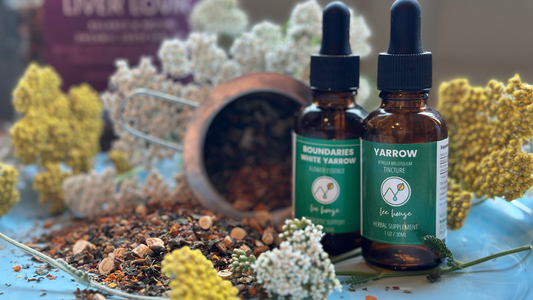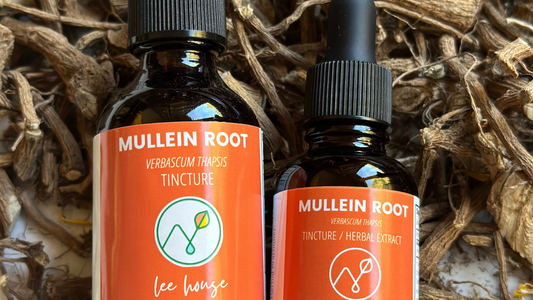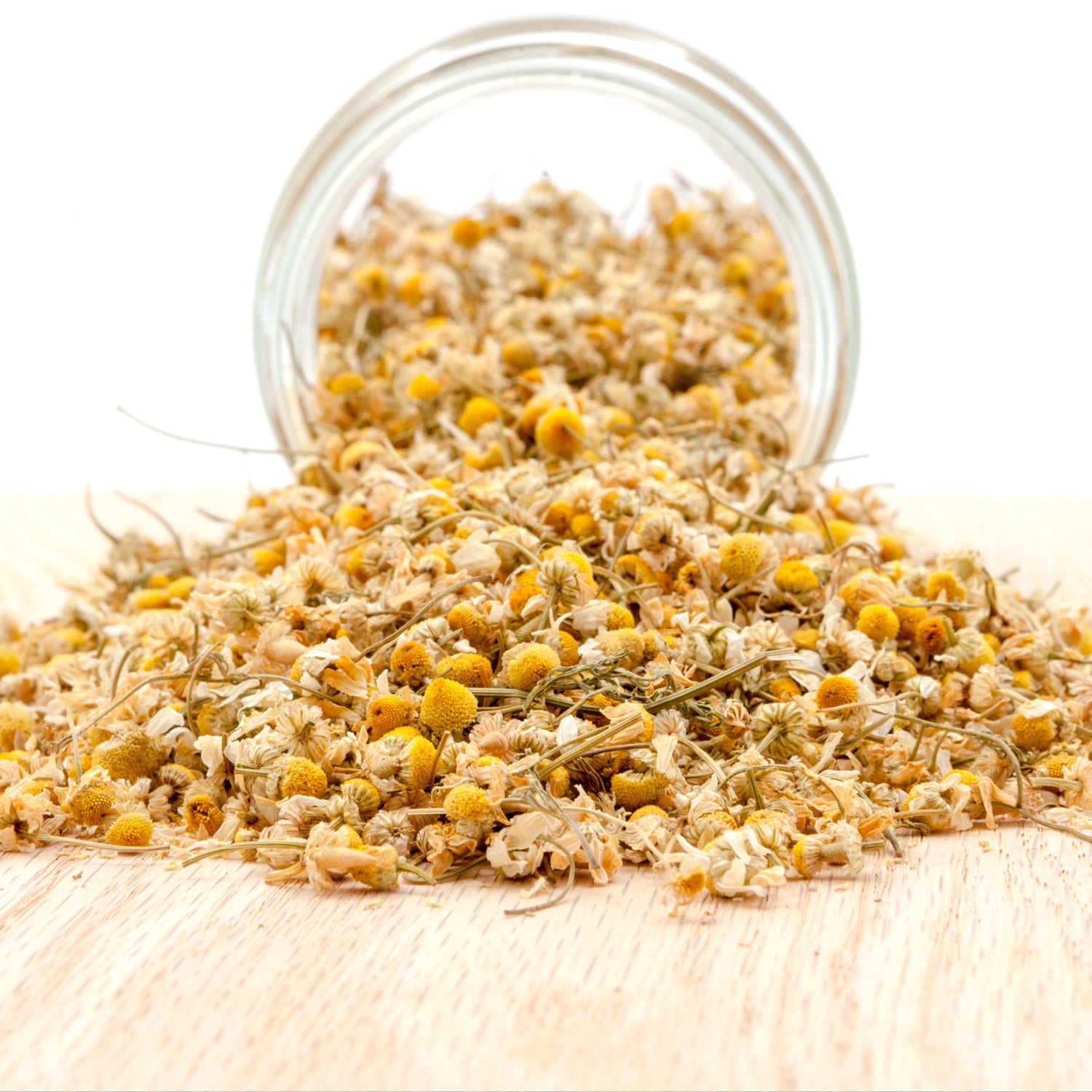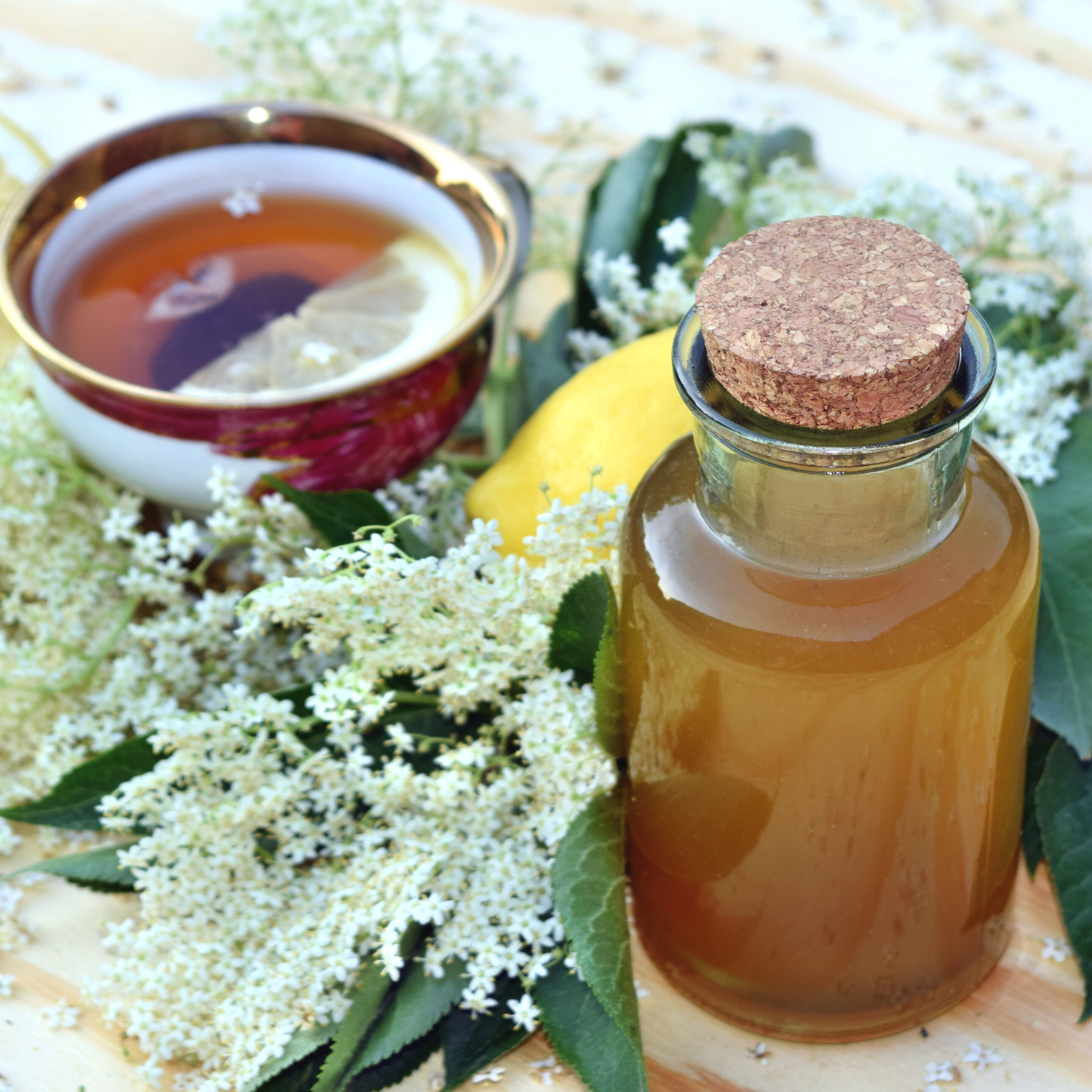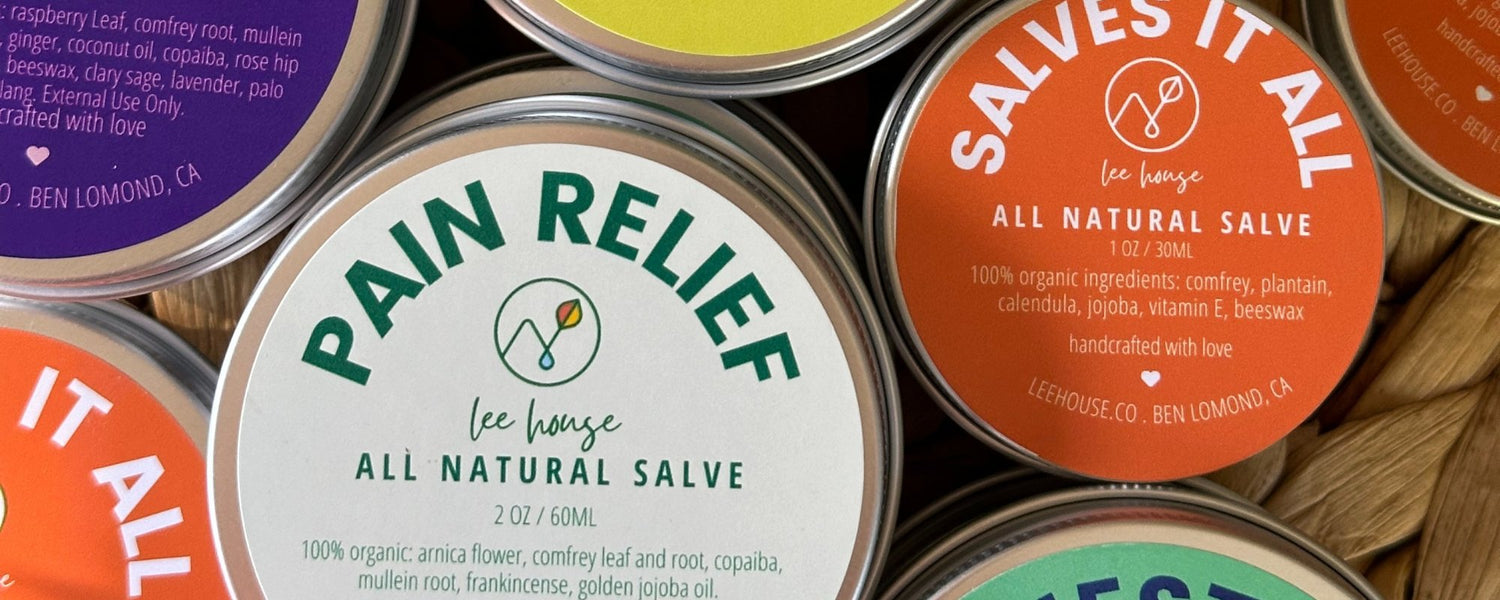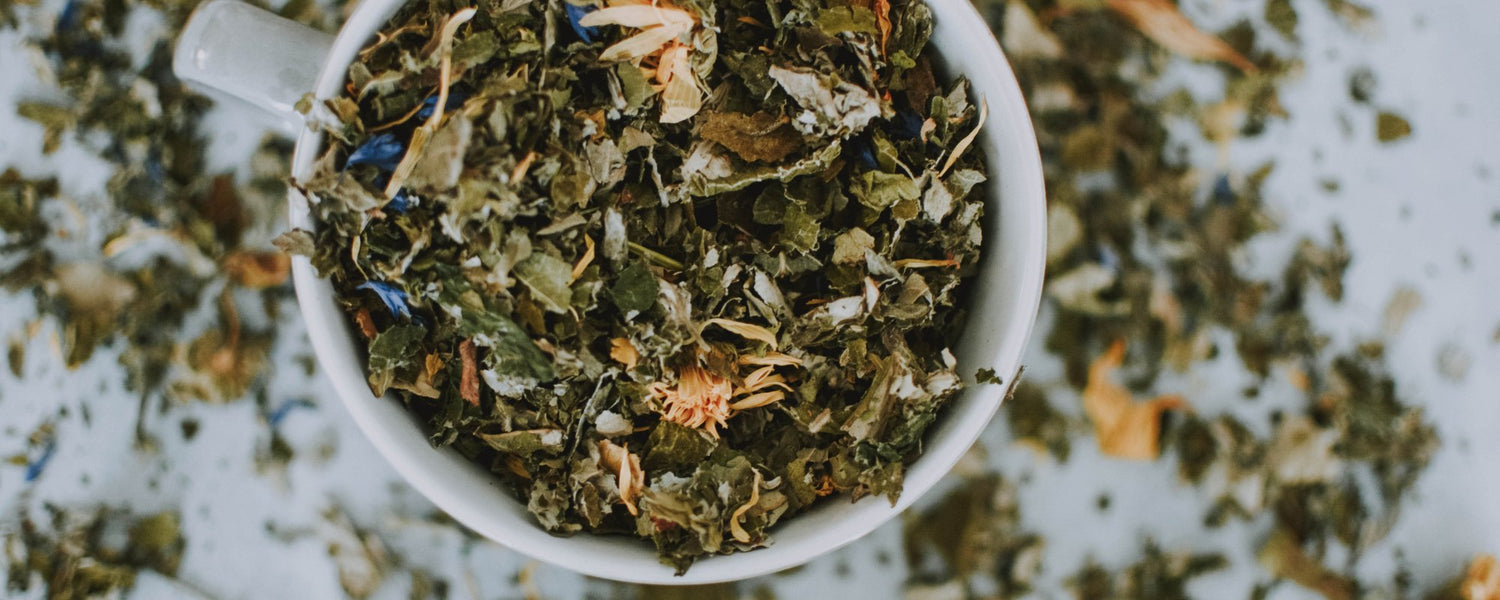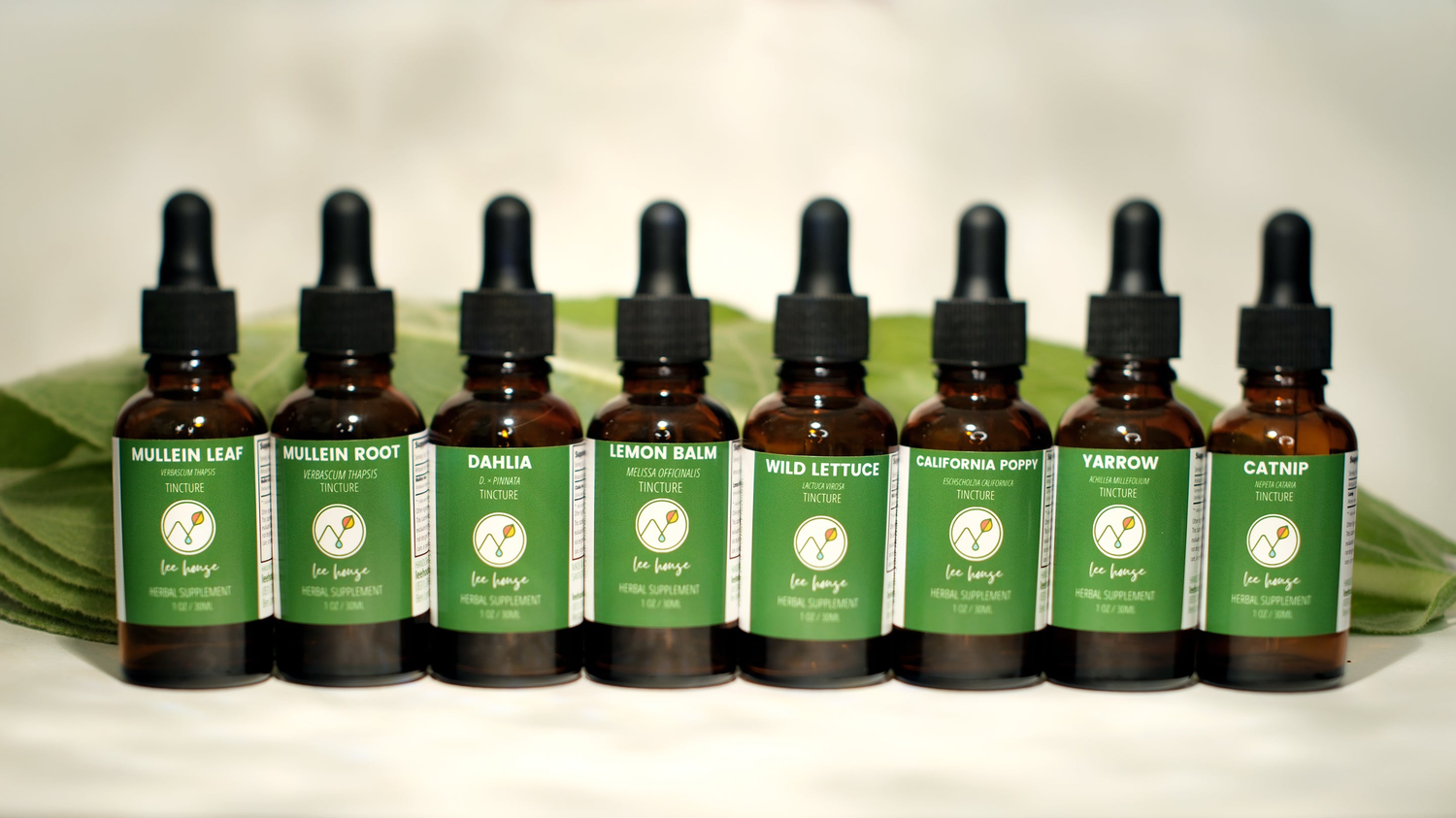
Chocolate Mint: How to Grow, Care for, and Enjoy this Delicious Mint
Share
Growing and caring for chocolate mint is a great way to add fresh, fragrant herbs to your garden. Chocolate mint is a deliciously aromatic plant that can be used in a variety of recipes, from tea to desserts, and it has many of the same healing properties and benefits of other mints. Scroll to the end for more info on how to use chocolate mint, and the medicinal benefits of this delicious herb!
Mint facts
- USDA zones 5 to 11 - perennial in zones 9 and up
- Soil pH 6.0 to 7.0
- Full Sun or Partial Shade
- Tolerant of Light Frost
- Not Drought Tolerant
- Soil: Well Drained but moist
- Space Seedlings 14 to 18 inches apart
- Mature height: 1.5 to 2 feet
- Spreads rapidly via runners = plant in pots if you want to contain to a certain area
Upon receipt of your new mint plant, immediately unpack your new plant. If the soil is dry to the touch, give it a small amount of water, then let it rest and recover from it’s journey for at least a day or two. It's always best to reacclimate your plant to being outdoors (assuming you will be growing it outdoors). After allowing hthe plant to rest for a day or two, start leaving it outdoors, you'll want to "harden it off" as you would a seedling - this allows the plant to gently reacclimate to living outdoors.
The easiest way to harden your new plant is to place them outside in a shaded, protected spot on warm days, bringing them in at night. Each day, increase the amount of sunlight the plant receives. Don't put tender seedlings outdoors on windy days or when temperatures are below 45° F.
If you are growing indoors, you can skip all of the above. Choose an indoor locationin very bright sun (but not a spot where it will get scorched on a hot day) or place under a grow lamp.
Choose a location: Decide if you will plant the chocolate mint in a pot or in the ground. Chocolate mint will spread rapidly, we prefer to grow ours in large half-barrel planters and pots. Plantain a location that receives partial shade and has good air circulation.
Planting: Chocolate mint prefers a well-draining soil that is rich in organic matter. Start by preparing the soil by loosening it with a garden fork or tiller. Plant the chocolate mint in a location that receives partial shade and has good air circulation.
Watering: Chocolate mint needs regular watering to thrive. Water the plant deeply once or twice a week, depending on the weather conditions. Be sure not to overwater, as this can lead to root rot.
Fertilizing: Chocolate mint benefits from regular fertilization. Use a balanced fertilizer that is rich in nitrogen, phosphorus, and potassium. Apply the fertilizer every two to three weeks during the growing season.
Pruning: Pruning chocolate mint helps to keep the plant healthy and encourages new growth. Trim the plant regularly to prevent it from becoming too leggy or woody. You can use the trimmings to make tea or other recipes (see page 2 for ideas).
Harvesting: Chocolate mint can be harvested throughout the growing season. Snip off the leaves as needed, leaving at least two-thirds of the plant intact. Use the leaves fresh or dry them for later use.
Pests and Diseases: Chocolate mint is generally a hardy plant that is resistant to pests and diseases. However, it can be susceptible to spider mites and aphids. If you notice any signs of infestation, treat the plant with an insecticidal soap or a natural remedy like neem oil.
Three ways to use chocolate mint:
In beverages: Chocolate mint is a great addition to beverages like tea, hot chocolate, and cocktails. Simply add a few fresh leaves to your drink or use them to make a tea infusion. You can also garnish your drinks with chocolate mint leaves for added flavor and visual appeal. We love to make fresh chocolate mint tea, and add non--diary creamer such as coconut almond cream, and a dash of molasses for a delicious dessert tea.
In desserts: Chocolate mint is a classic flavor combination that works well in a variety of desserts. Use fresh or dried chocolate mint leaves to infuse cream or milk for custards, ice cream, or sorbets. You can also use chocolate mint leaves to garnish cakes, pies, and other desserts, and even use it to flavor homemade ice cream!
In savory dishes: Chocolate mint can add a unique flavor and aroma to savory dishes like roasted meats, vegetables, and sauces. Try adding fresh chocolate mint leaves to a marinade for chicken or pork, or use them to garnish a salad or a savory grain bowl. You can also infuse olive oil or vinegar with chocolate mint for added depth of flavor in your cooking.
Here are a few potential health benefits of chocolate mint:
-
Digestive health: Chocolate mint is thought to have digestive benefits and can help soothe an upset stomach. Research has shown that the menthol in mint can help relieve symptoms of irritable bowel syndrome (IBS) and other digestive issues.
-
Respiratory health: The menthol in chocolate mint can also help relieve respiratory issues like congestion and coughs. Some studies have found that inhaling the scent of chocolate mint can help open up airways and improve breathing.
-
Anti-inflammatory effects: Chocolate mint contains antioxidants and anti-inflammatory compounds that may help reduce inflammation in the body. This could potentially benefit conditions like arthritis and other inflammatory diseases.
-
Stress and anxiety relief: The scent of chocolate mint has been found to have calming effects on the mind and body. Some studies have suggested that it may help reduce symptoms of stress and anxiety.
Learn more about growing medicinal herbs on our website: https://leehouse.co, or scan the QR code below.
With love, from LeeHouse
~Leslie & Darren

